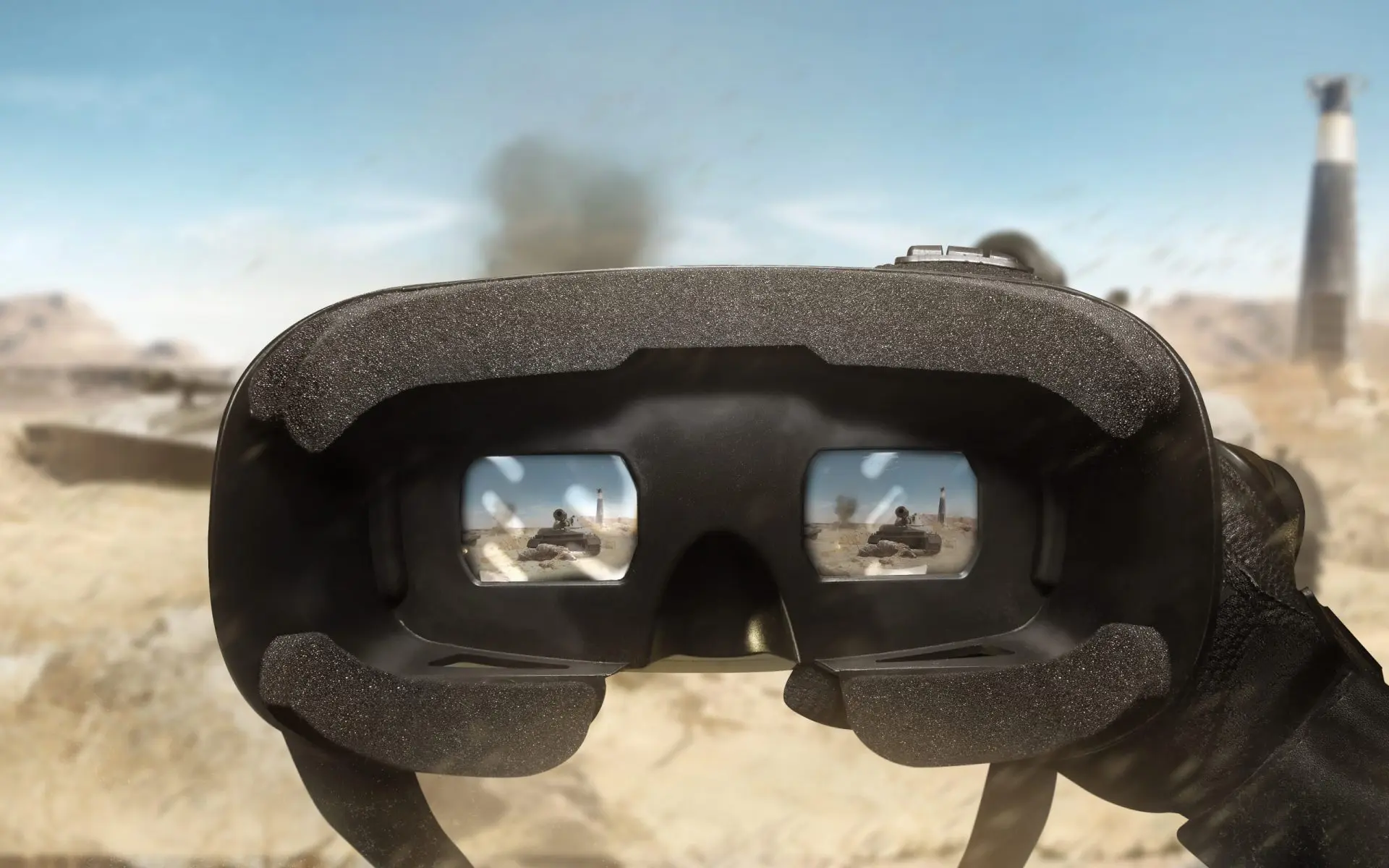In the realm of defense, Mixed Reality (MR) stands as a transformative force, seamlessly merging the physical and virtual worlds to enhance military capabilities and strategic operations. MR enables defense professionals to visualize complex data, tactical scenarios, and critical information overlaid onto the real world, providing unparalleled situational awareness. From training simulations that immerse soldiers in realistic battlefield environments to holographic displays aiding in mission planning, MR technologies empower defense forces to make informed decisions swiftly and effectively. The fusion of physical and virtual elements within MR creates a dynamic landscape for collaborative decision-making, enabling military personnel to interact with and manipulate digital information in real-time. With MR at the forefront, defense operations enter a new era of innovation, where enhanced visualization, communication, and decision support redefine the boundaries of military excellence.
Conduct realistic training scenarios in mixed reality
Enable military personnel to interact with and manipulate digital information in real-time
Create a dynamic environment for collaborative decision-making
Enhance visualization and collaboration in strategic decision-making
Utilize holographic displays for dynamic mission planning
Prepare soldiers for diverse battlefield environments
